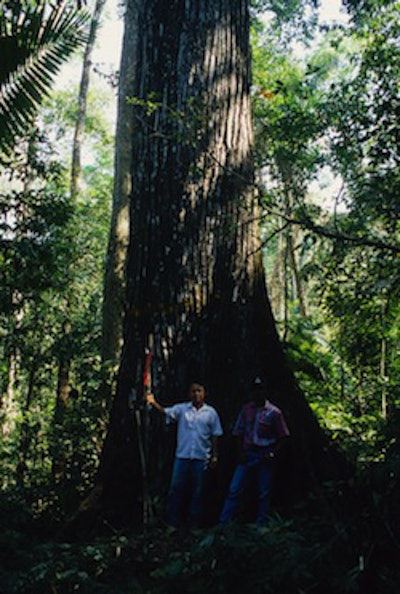
Low-impact logging has evolved over the past decades to the point where, according to the U.S. Department of Agriculture, measures should be taken to make sure primary forests are not over-logged. To that end, U.S. researchers have developed a computer program that projects growth and yield models of big-leaf mahogany in Brazil.
 |
The program, available at SwietKing.org, takes mahogany population data and returns population recovery data, including the number of years between harvests, the minimum legal cutting diameter and the amount of commercial-sized trees that must remain in a stand for regeneration.
"The future of mahogany as we know it depends on whether sustainable harvest systems can be designed for natural forests where mahogany still survives, especially in South America," field ecologist Jimmy Grogan told the USDA.
The U.S. Forest Service, acting through the Institute of Tropical Forestry, has funded Grogan's research since 1995. Timber companies owning sites on which Grogan conducts research also support the project.























